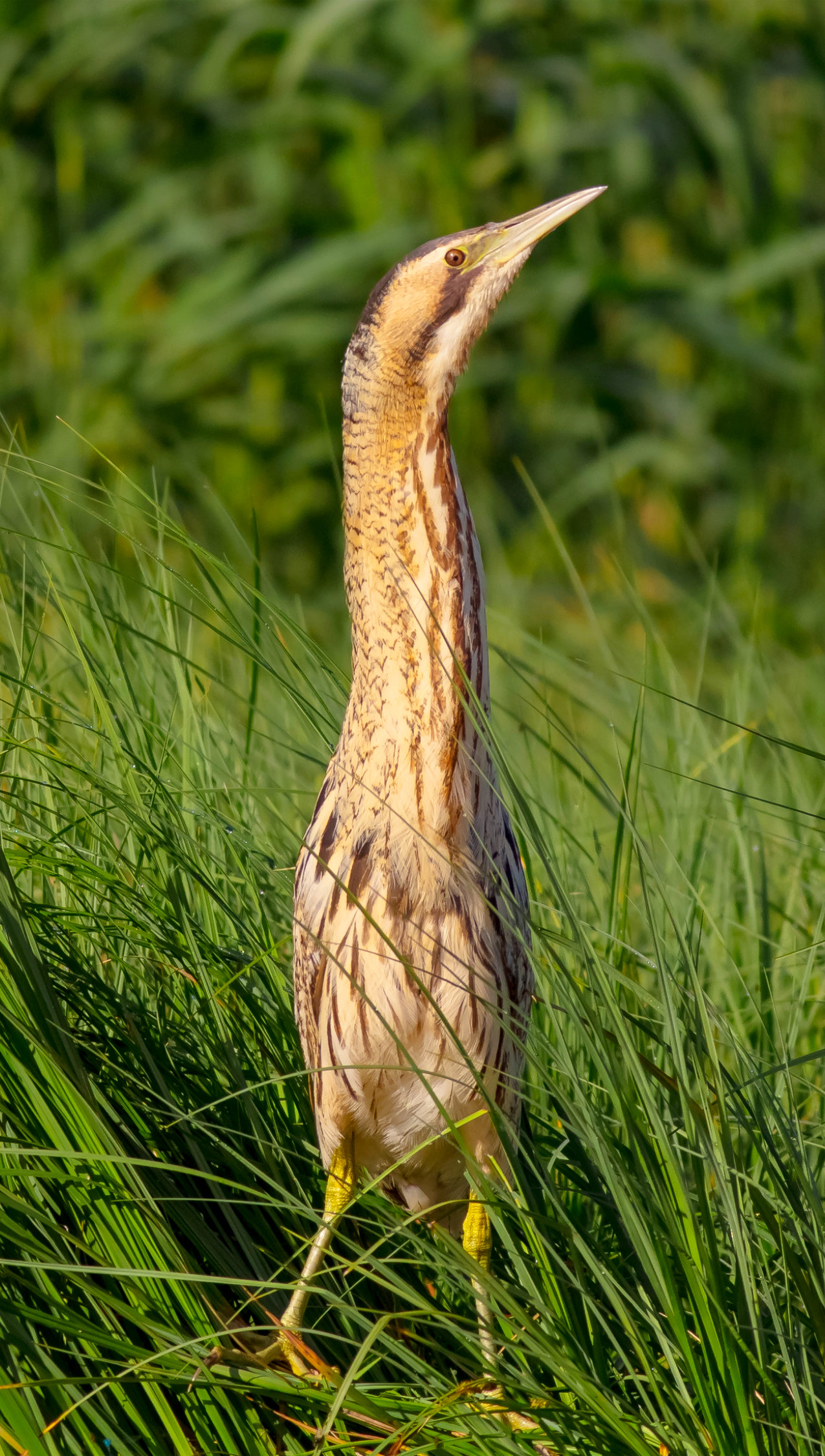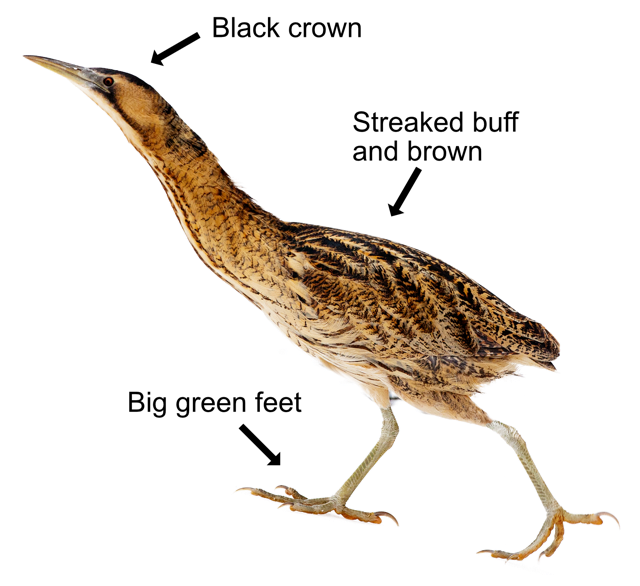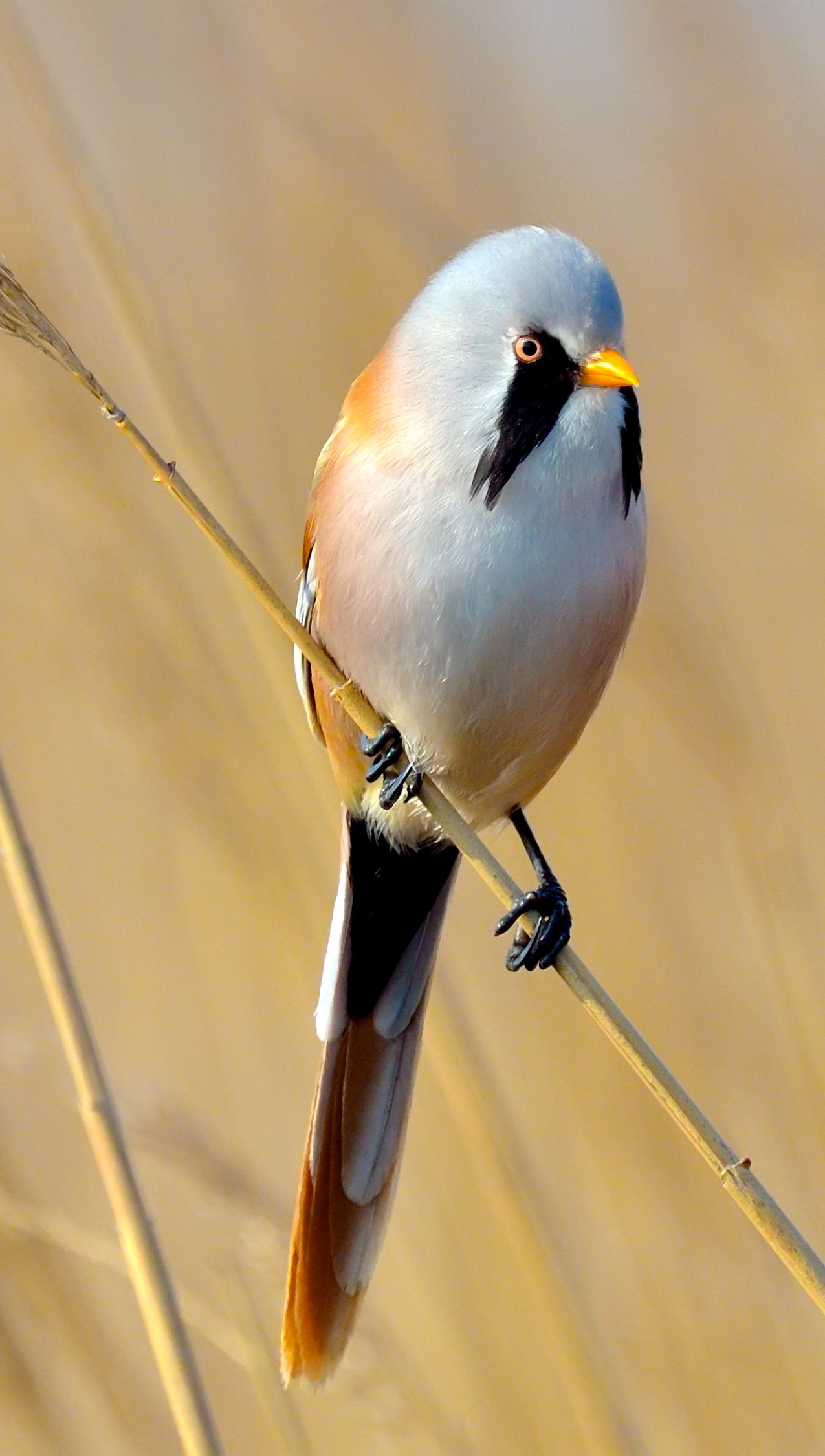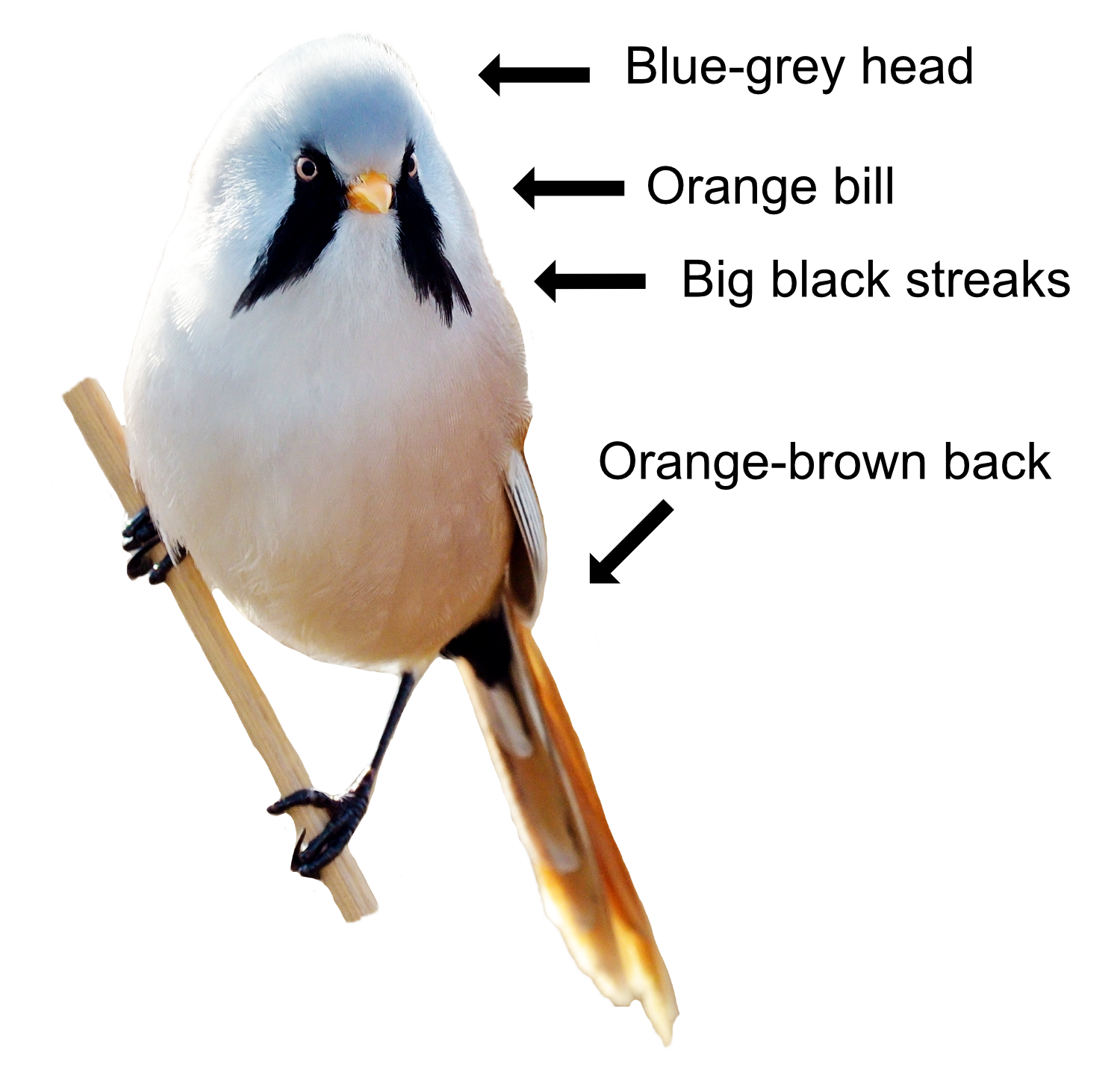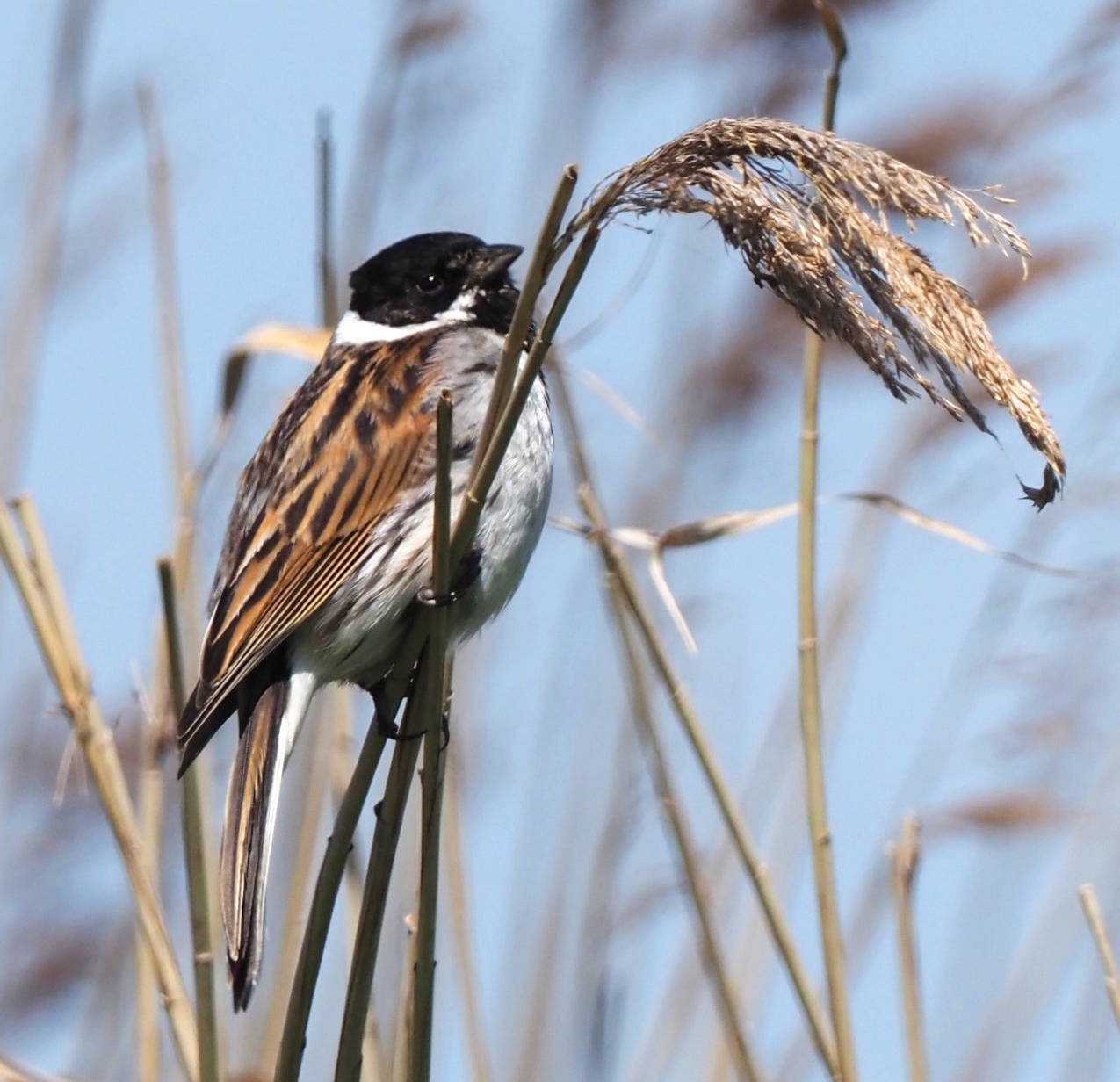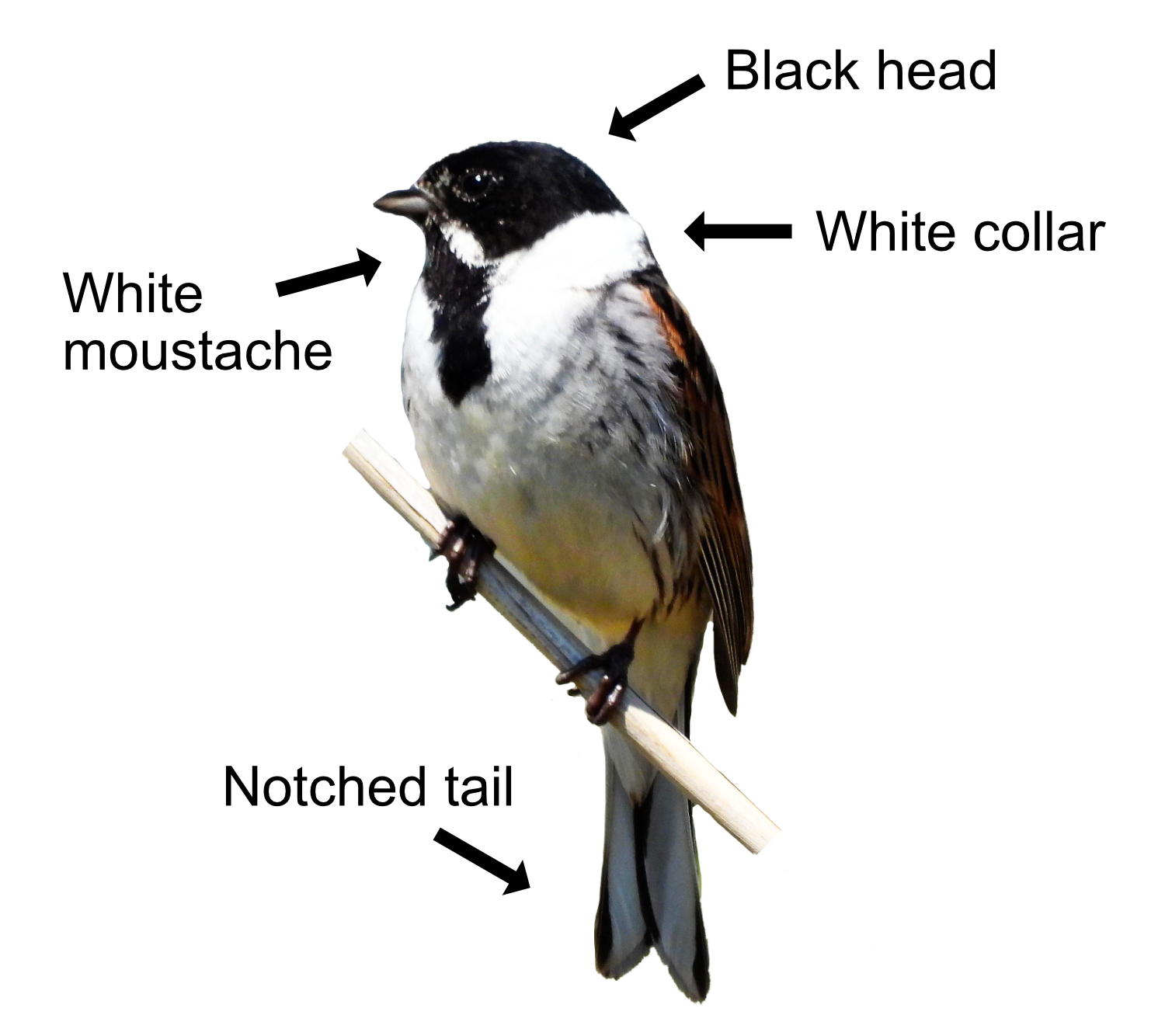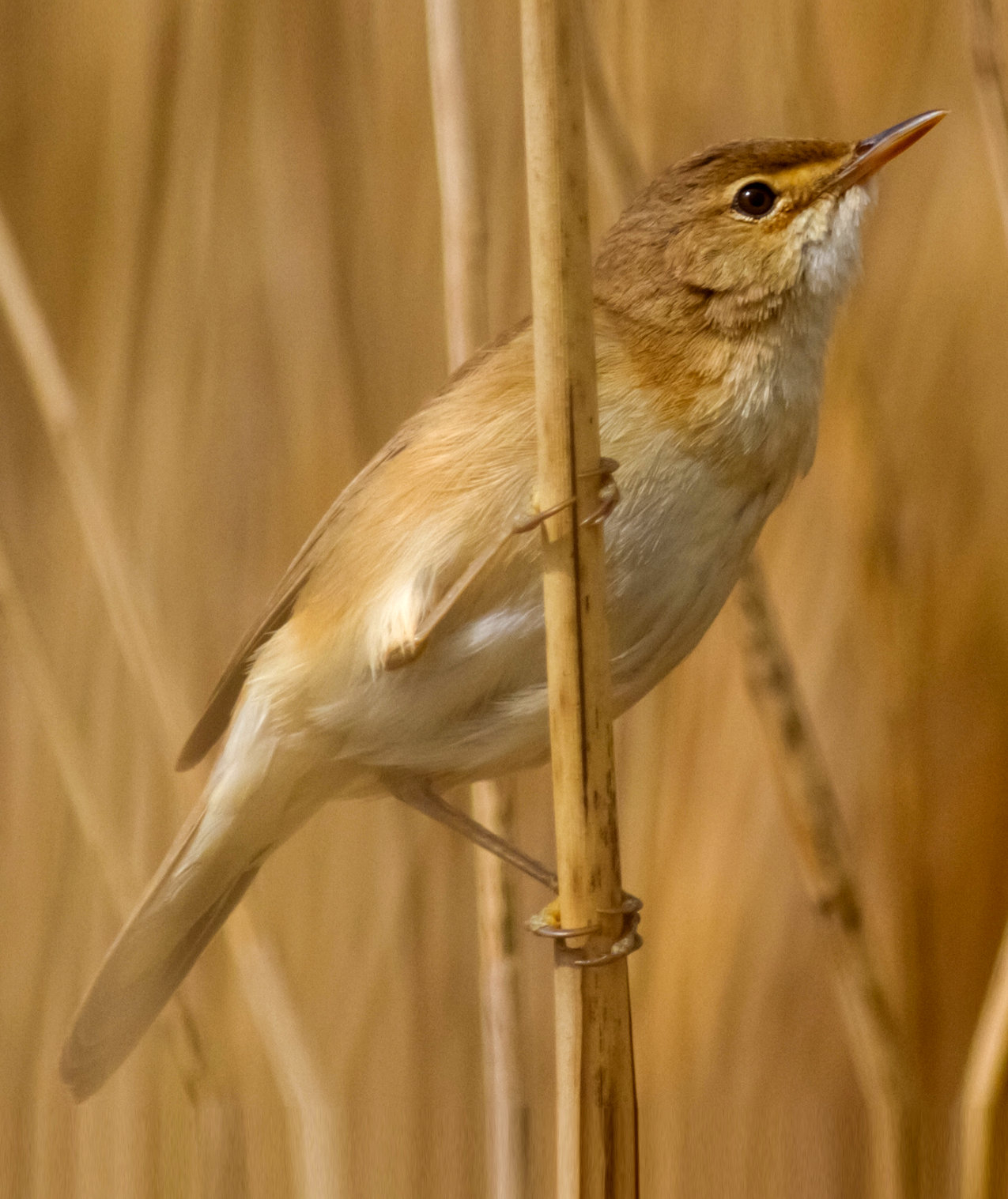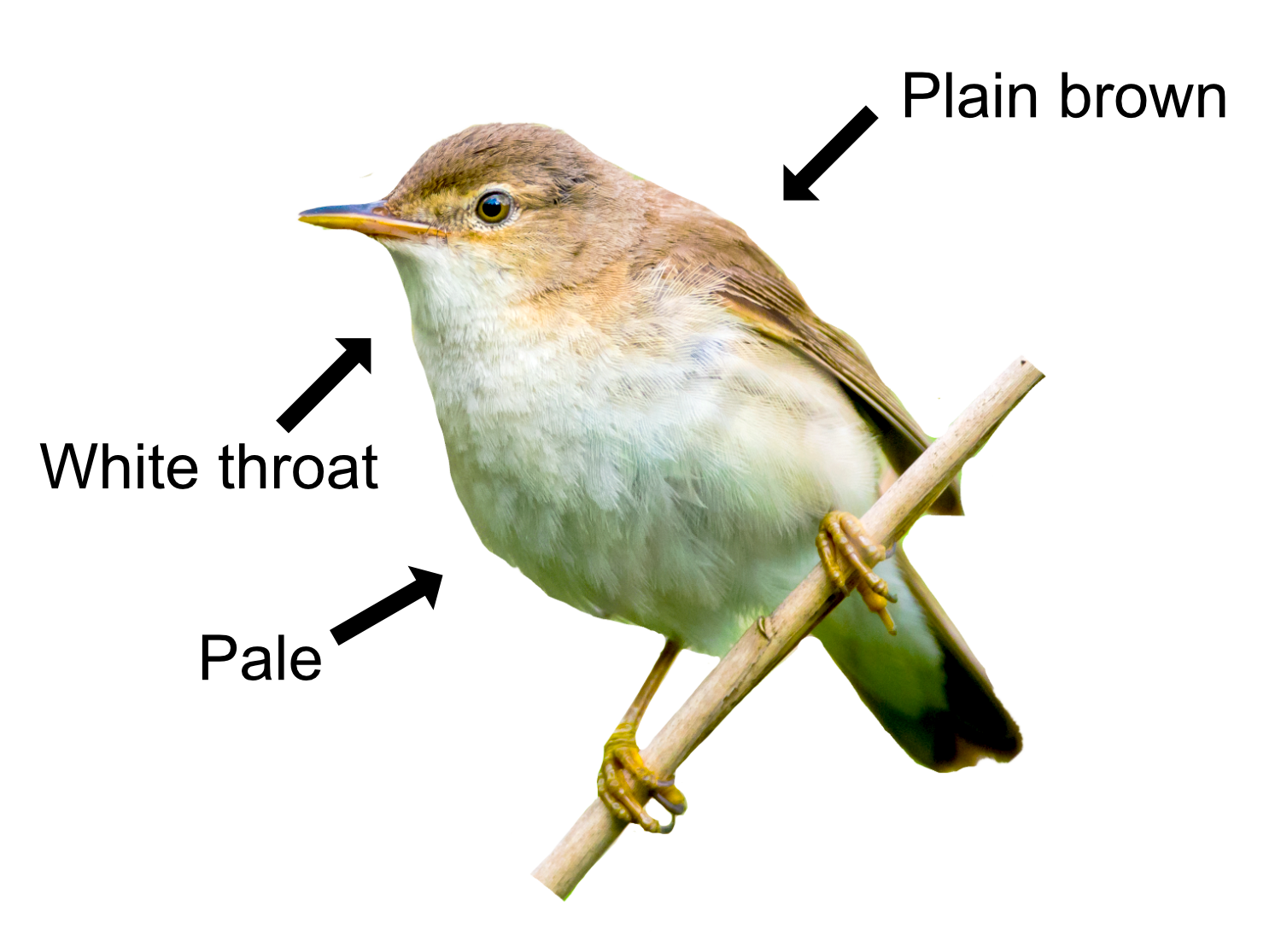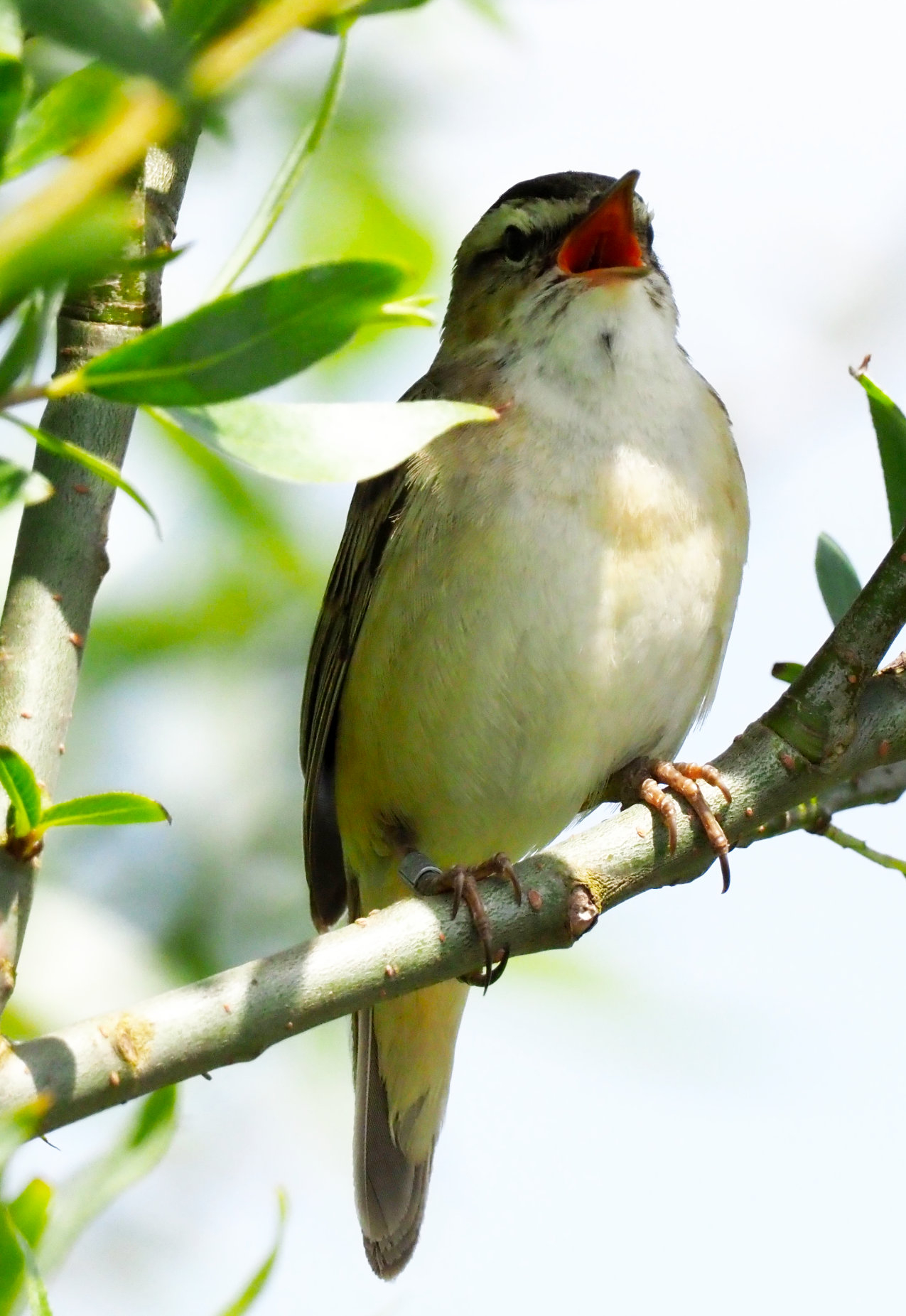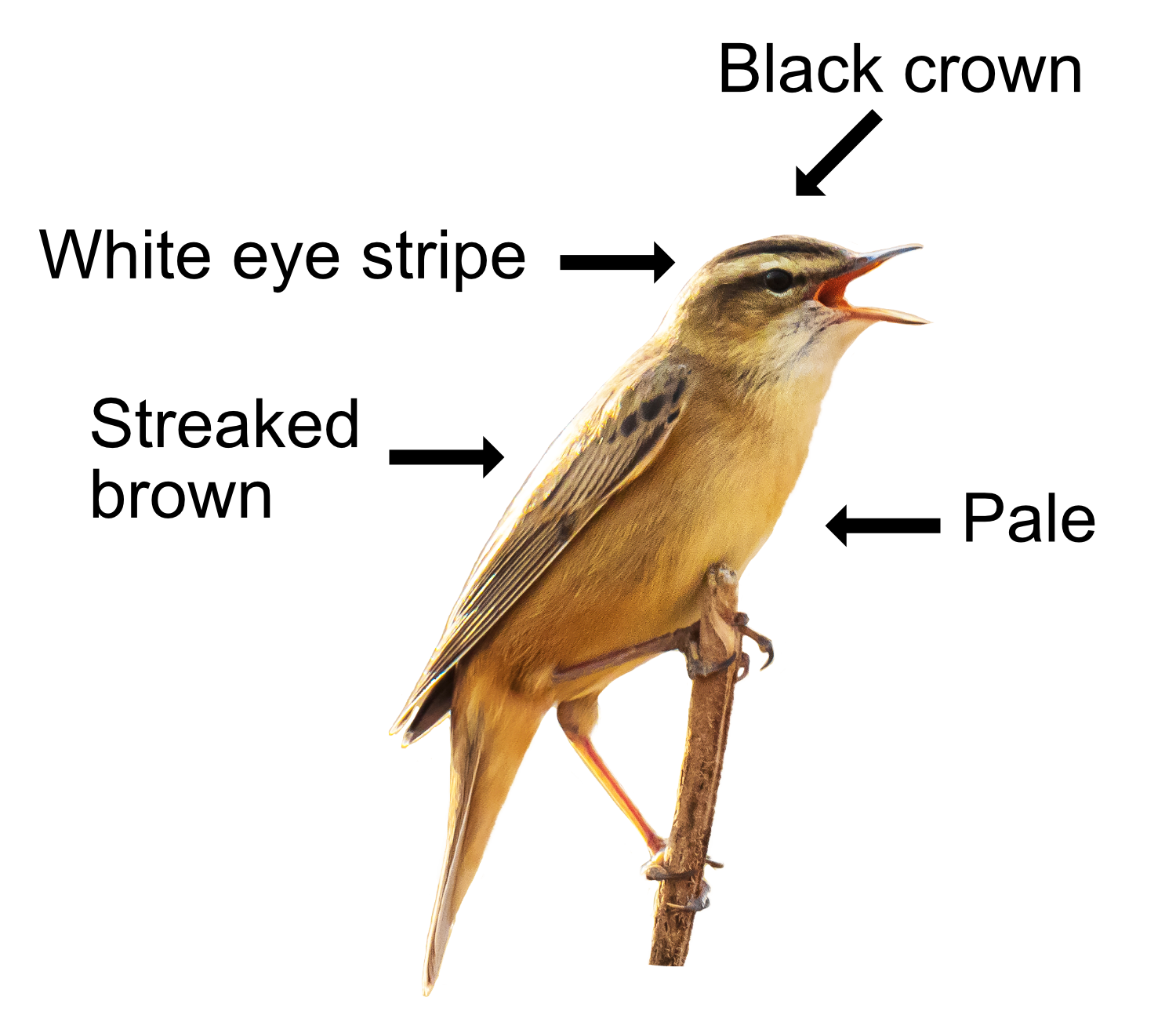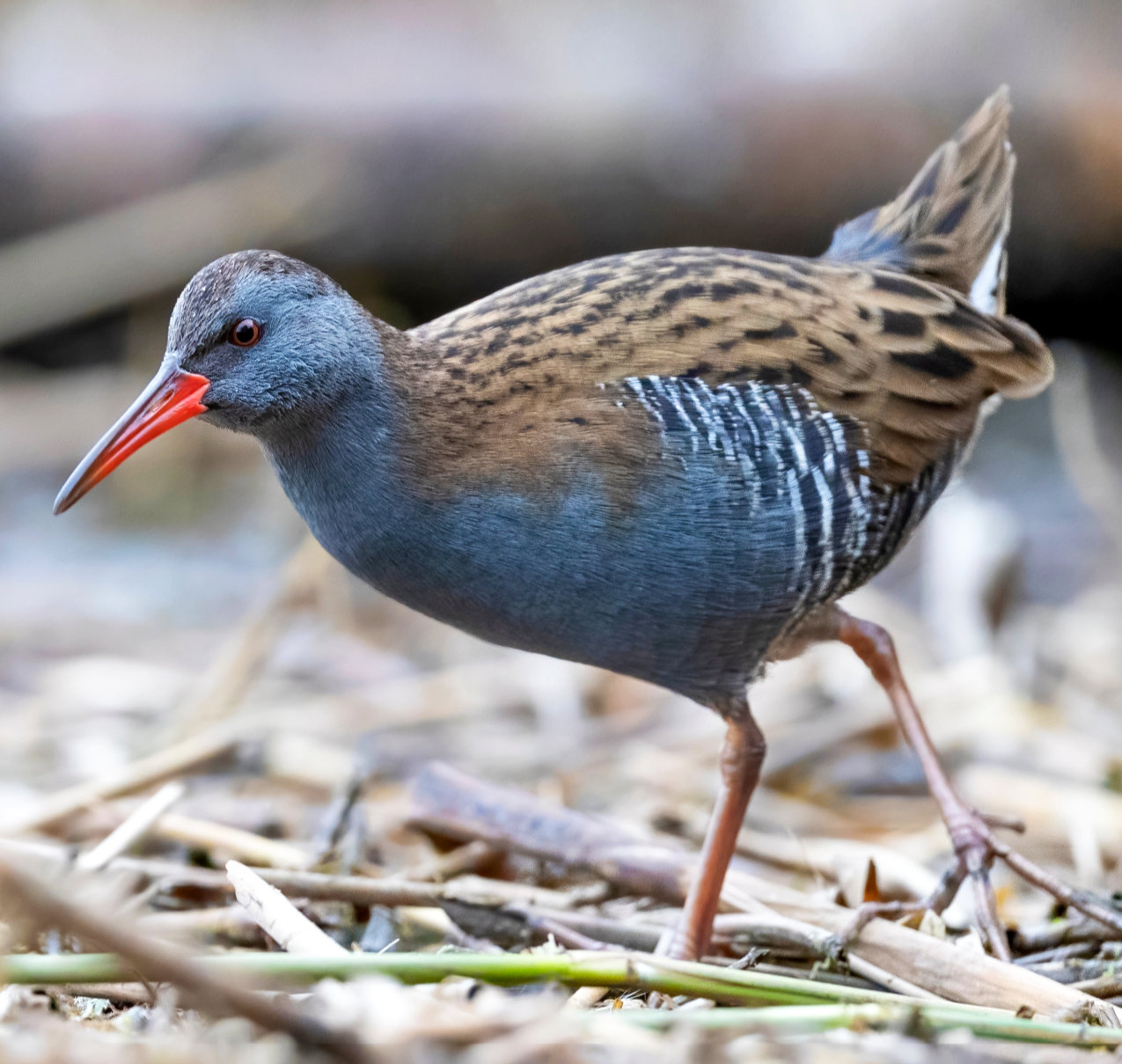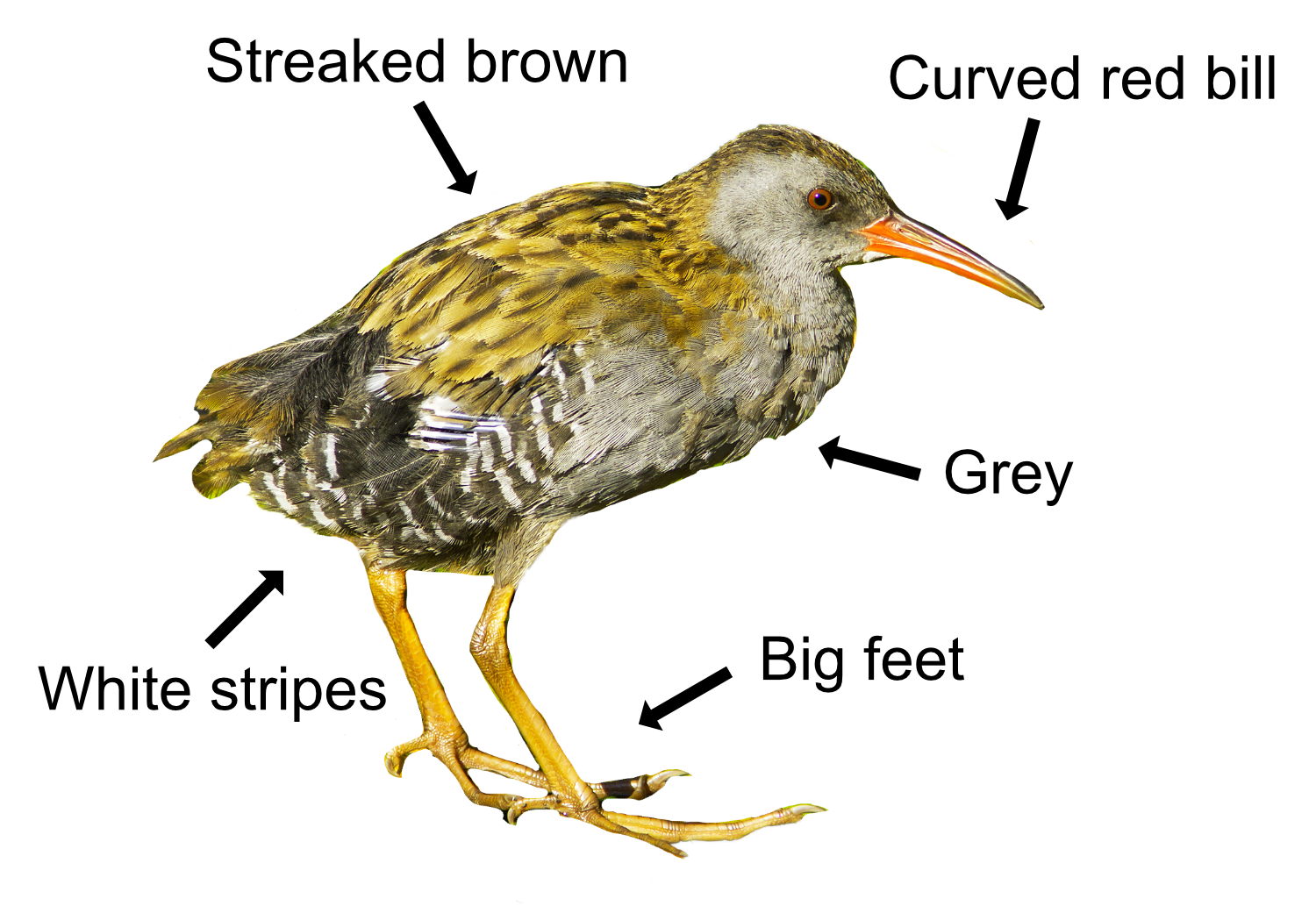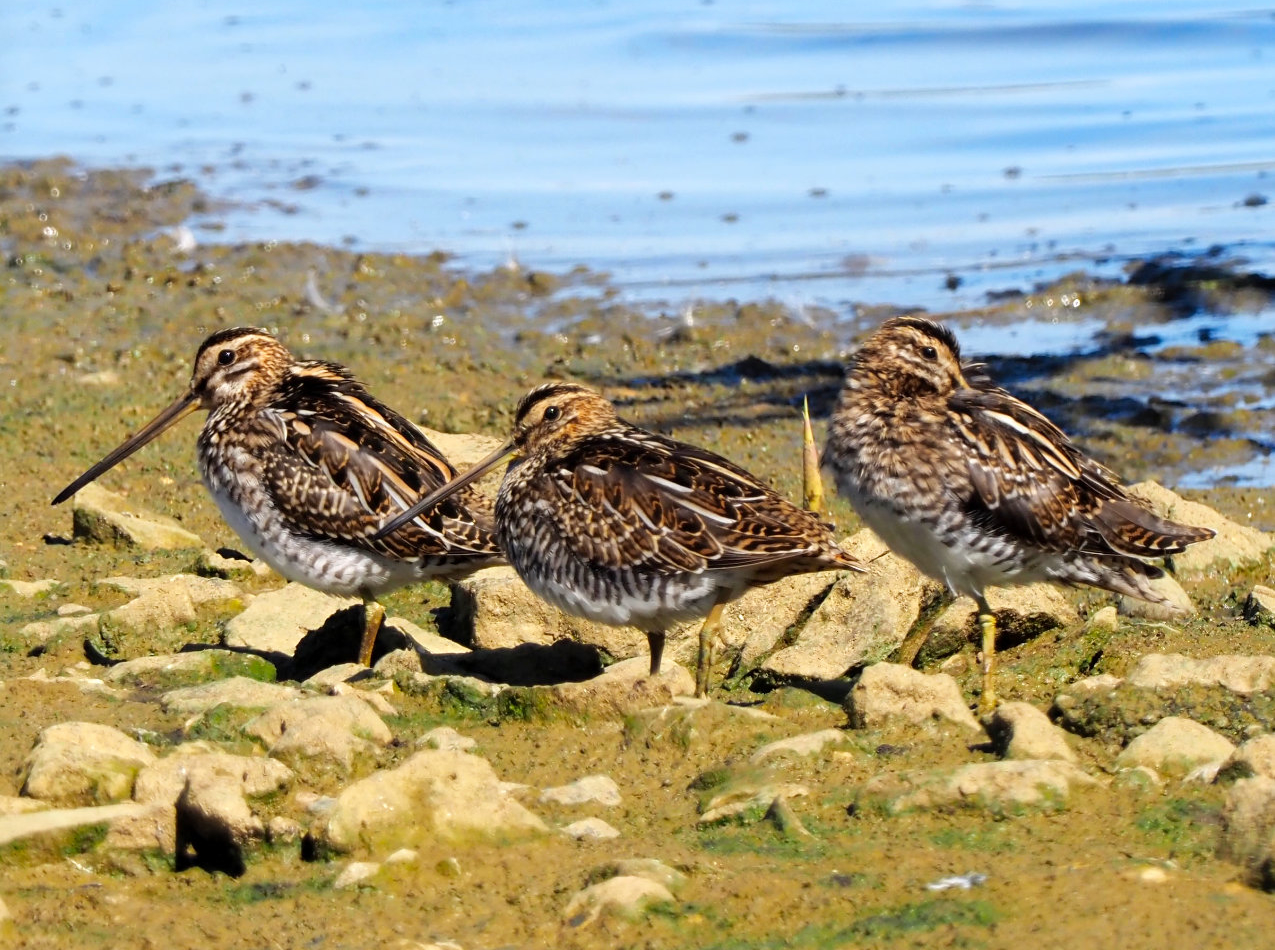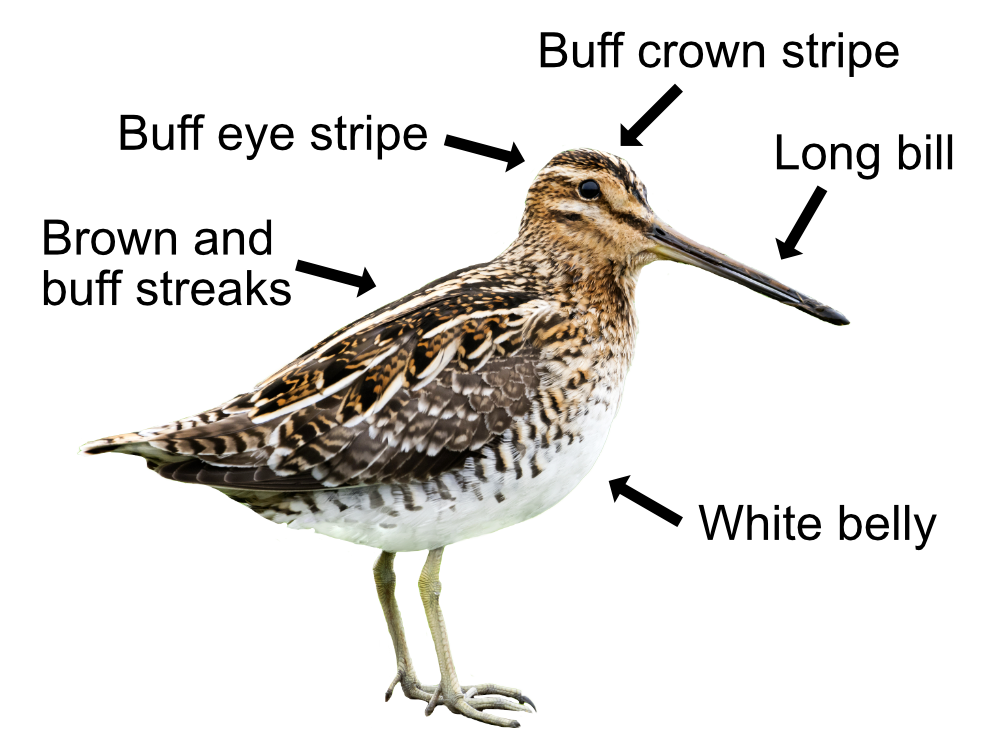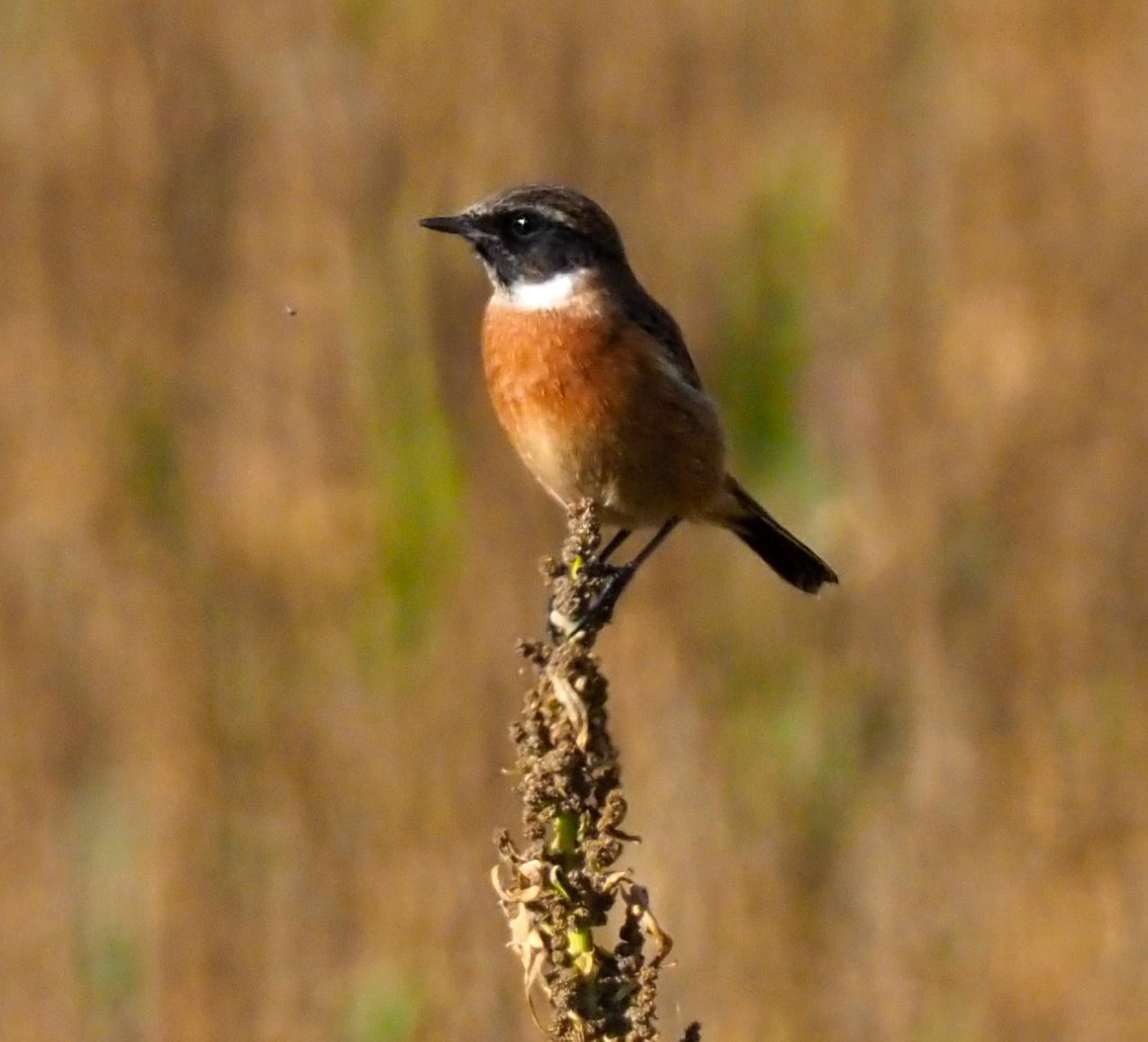
The Stonechat loves having his picture taken. He will happily pose upright on a post while you get a photo of his good side, flicking his wings impatiently. Stonechats need grassy areas for feeding, dense cover for nesting and the all-important posing post for singing. They can be found on heaths in the summer and along the coast in winter.
Stonechats are small and dumpy, a little smaller than a Robin, with a big head and short tail. The male has a black head, white on his neck, an orange breast and a dark brown back. The female has a brown head and a less obvious white neck. She is altogether browner. The youngsters look like mum. They have a white shoulder patch that is visible when flying on their whirring wings, looking a bit like giant bumble bees. Their call is a harsh "tac tac" like two stones being tapped together and hence their Stonechat name.
Stonechats drop to the ground to feed. They are mainly insectivorous, feeding on caterpillars, moths, ants, spiders and flies, though they will also take worms and snails, and feed on seeds and berries in the autumn and winter.
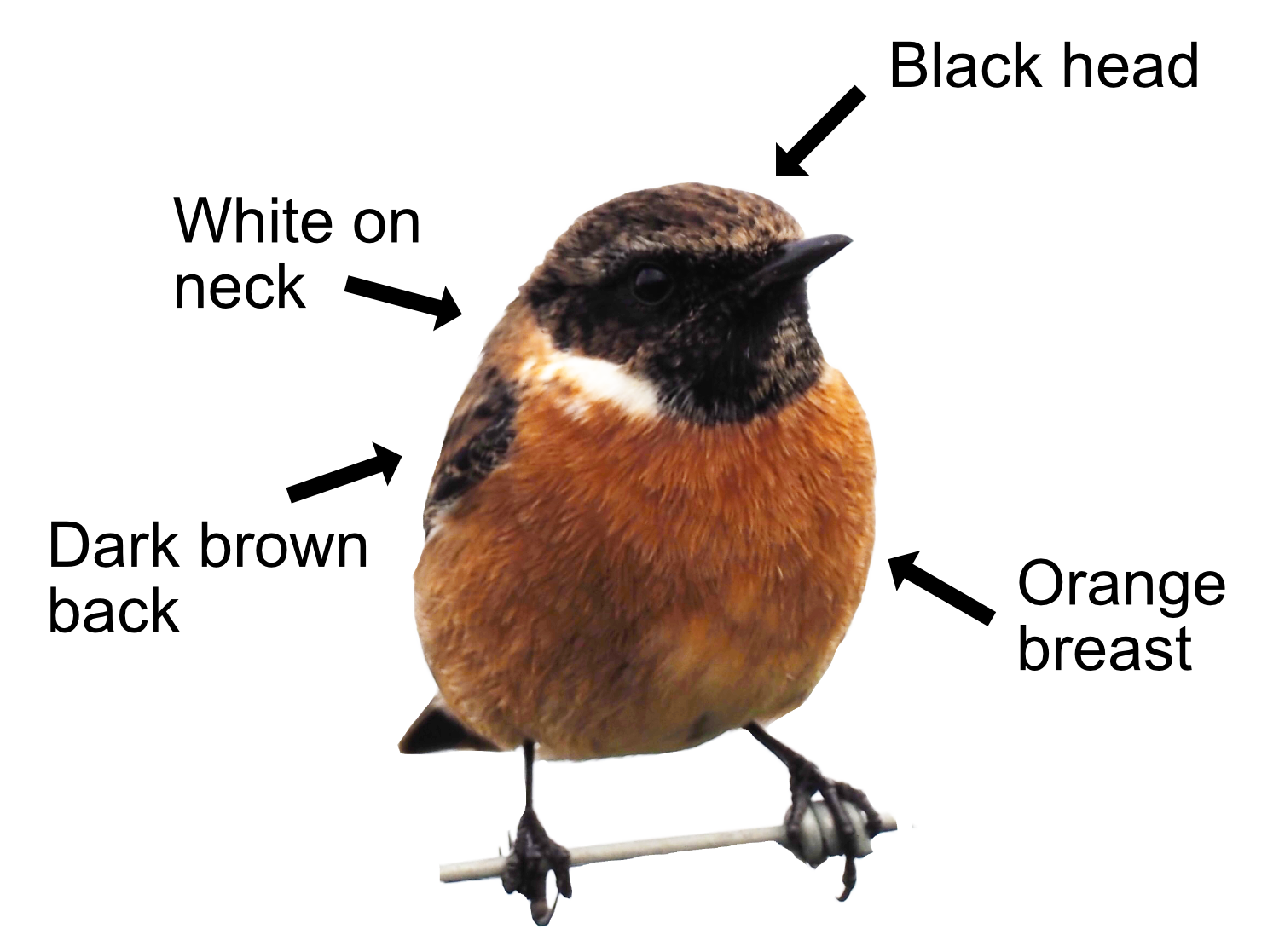
They breed on lowland heaths and sites with plenty of gorse bushes, like railway embankments. Stonechats first breed when they are one year old. They are monogamous during the breeding season but do not pair for life. Mum builds an untidy cup of leaves close to the ground under a bush which she lines with hair, wool, and feathers. She incubates the 4-6 greenish-blue speckled eggs with little help from dad, who is too busy posing. The eggs hatch after 13 days. Both parents feed the young, who can fly 13 days later. The quick turnaround gives time for 2-3 broods and often while dad feeds the first brood, mum gets on with a second. They do their moult once all the kids have left home and then move down to the coast for winter.
Stonechats are partial migrants. While many stay here, some migrate to southern Europe. There are 60,000 breeding pairs in Britain though numbers have fallen because of heaths being turned into farmland and pesticides killing the insects they need to feed. Stonechats can also suffer in severe winters.
Their Latin name is 'saxicola rubicola' where 'saxicola' means 'rock dweller' from the Latin 'saxum' for 'rock' and 'incola' for 'dwelling in'. The 'rubicola' is a combination of 'rubus' for 'bramble' and 'incola' again, giving a 'rock and bramble dweller' which is pretty close. Another local name is the 'gorse chat'.
